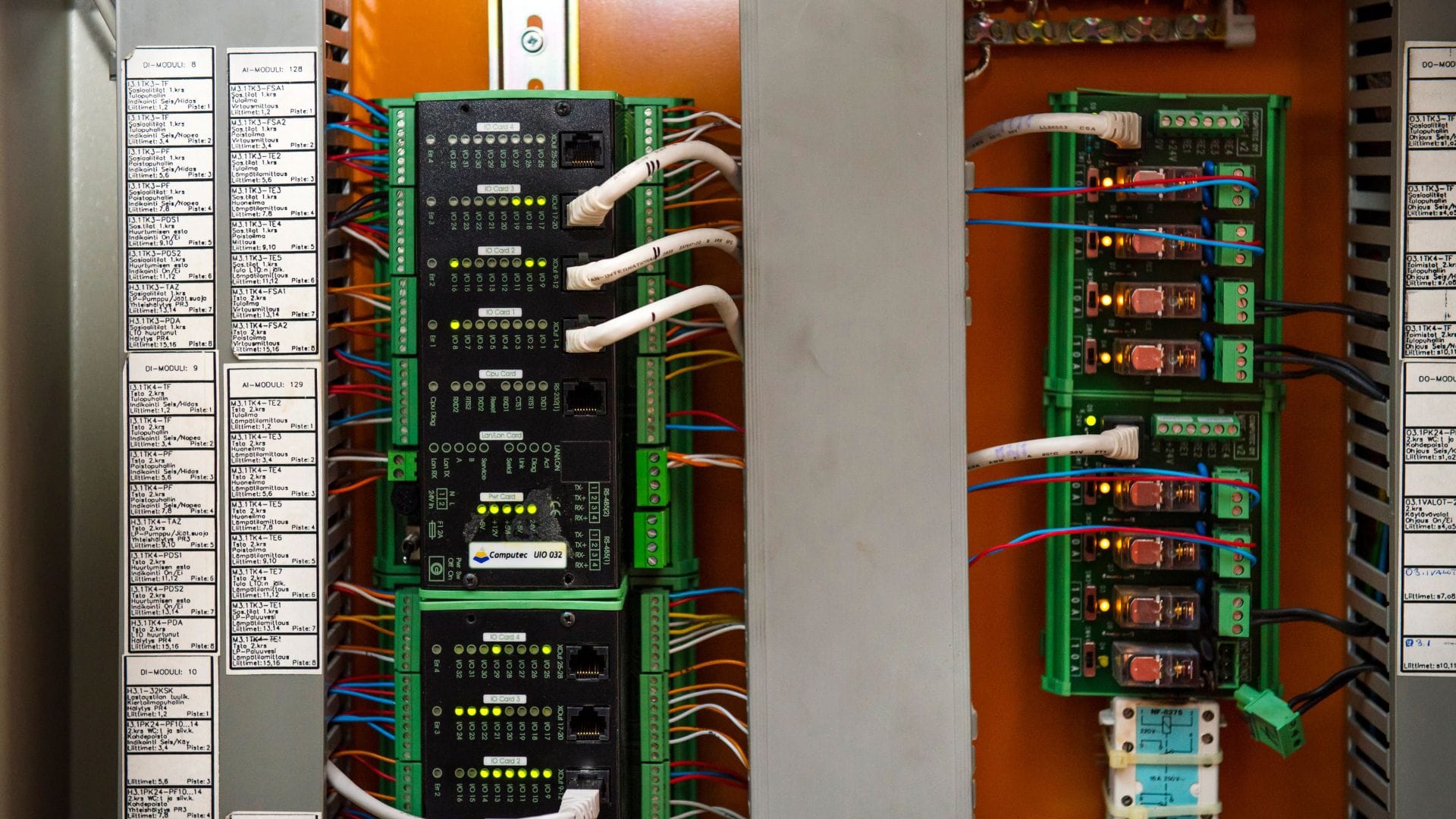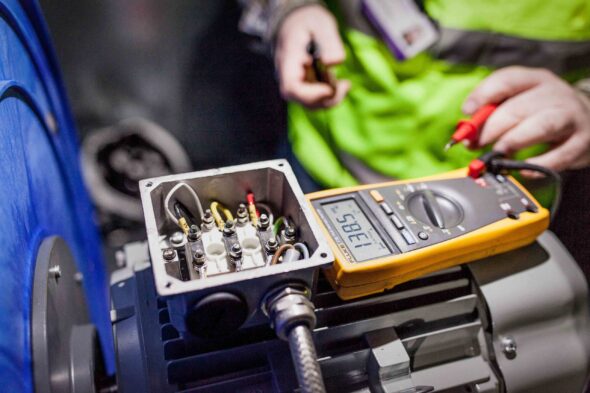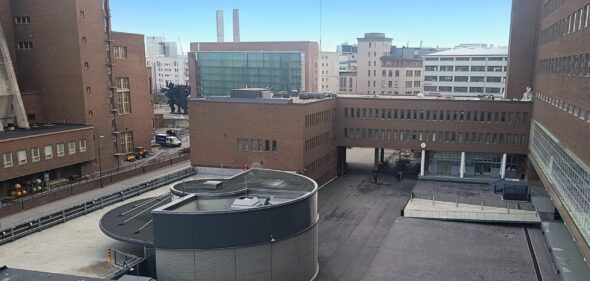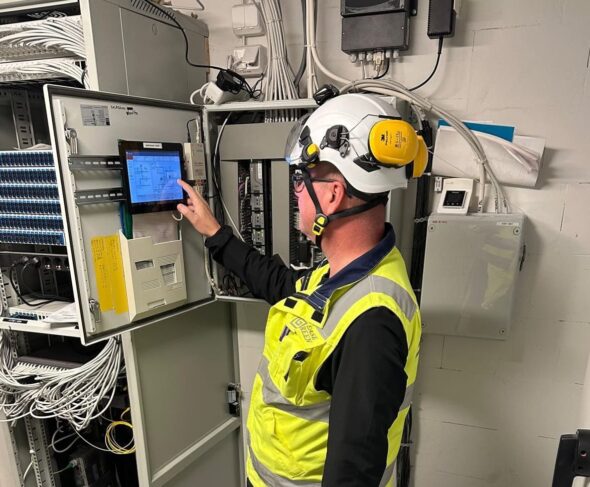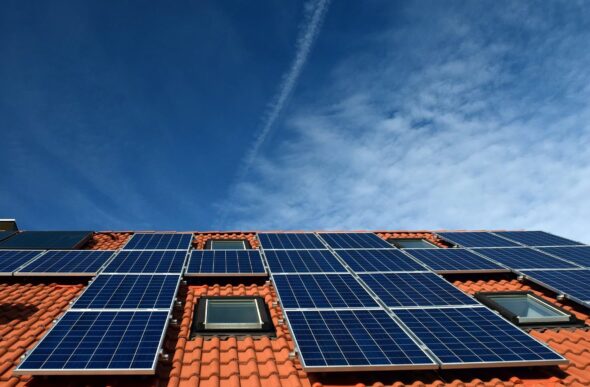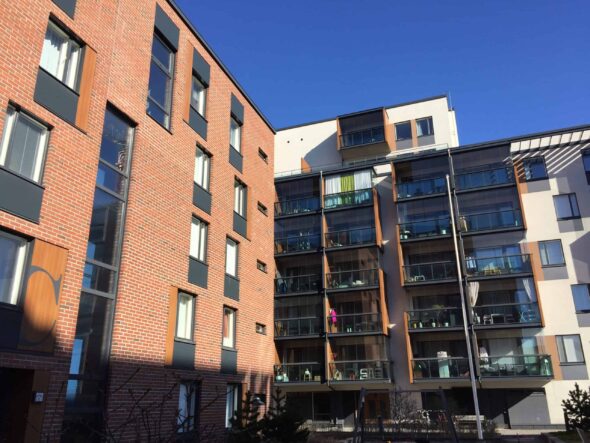When you want to get the most out of your modern and environmentally friendly heating system, it is also worth looking at and optimising the electricity consumption of geothermal heating.
Geothermal electricity consumption – how much electricity does geothermal heat use?
In a geothermal system, electricity is needed to transfer heat from the ground to the house. The heat collection fluid circulates in a heat well, while an electric geothermal heat pump transfers heat from the fluid to the heating system of the house.
Does geothermal heat save electricity? Yes, it does! Geothermal heating consumes little electricity compared to other heating systems because the heat energy itself comes from the ground and electricity is only needed to transfer the heat from the ground to the house. For example, compared to direct electric heating, geothermal heat only consumes about a quarter of the electricity.
How to optimise the electricity consumption of your geothermal system
When looking to optimise the electricity consumption of a geothermal system, the first thing that comes to mind for many people is to lower the indoor temperature. It’s not a bad idea – you’ll sleep better a couple of degrees cooler and when you’re awake, your electricity bill won’t feel so threatening. But there are, thankfully, other ways to optimise your geothermal electricity consumption.
- Energy efficiency of the house
You don’t heat the air around the house as well as the house, do you? Although geothermal heating is more energy efficient than other forms of heating, you won’t get the most out of it if heat is constantly escaping through gaps in window frames or poorly insulated structures.
- Intelligent control systems optimise heating
The geothermal system can also integrate various timers and control systems that optimise energy consumption, either manually or automatically. Heating can be controlled to turn on and off automatically as required.
Building automation is a versatile solution that allows you to control several building functions at once: heating, lighting, ventilation and other systems. If designed correctly, building automation can be a great help in optimising electricity consumption, especially for large housing companies, and can bring big savings on electricity bills.
- Correct sizing and regular maintenance
The size and heating needs of the house determine which size and type of geothermal system is the most energy efficient choice. A sufficiently efficient geothermal heat pump will work without consuming extra energy and provide enough heat for the whole house.
You should also have your geothermal system serviced regularly. For example, dirt or debris accumulating in the filters of the pipework can increase electricity consumption.
- Combine geothermal heat with solar power
Now, this method does not actually reduce electricity use, but it does reduce the electricity bill and carbon footprint of the house. So install your own solar panels on the roof of your house and cover at least part of your electricity consumption with environmentally friendly, self-collected solar energy!
- Cool down in summer and capture the heat energy of hot days
A geothermal system also works the other way round: it allows you to cool the air in the summer heat and store the heat from a hot day back in the ground. From there, the heat can be used again when the weather gets colder. This saves energy consumption in the house as a whole by eliminating the need for a separate cooling system – and is definitely a greener choice than air conditioning!
